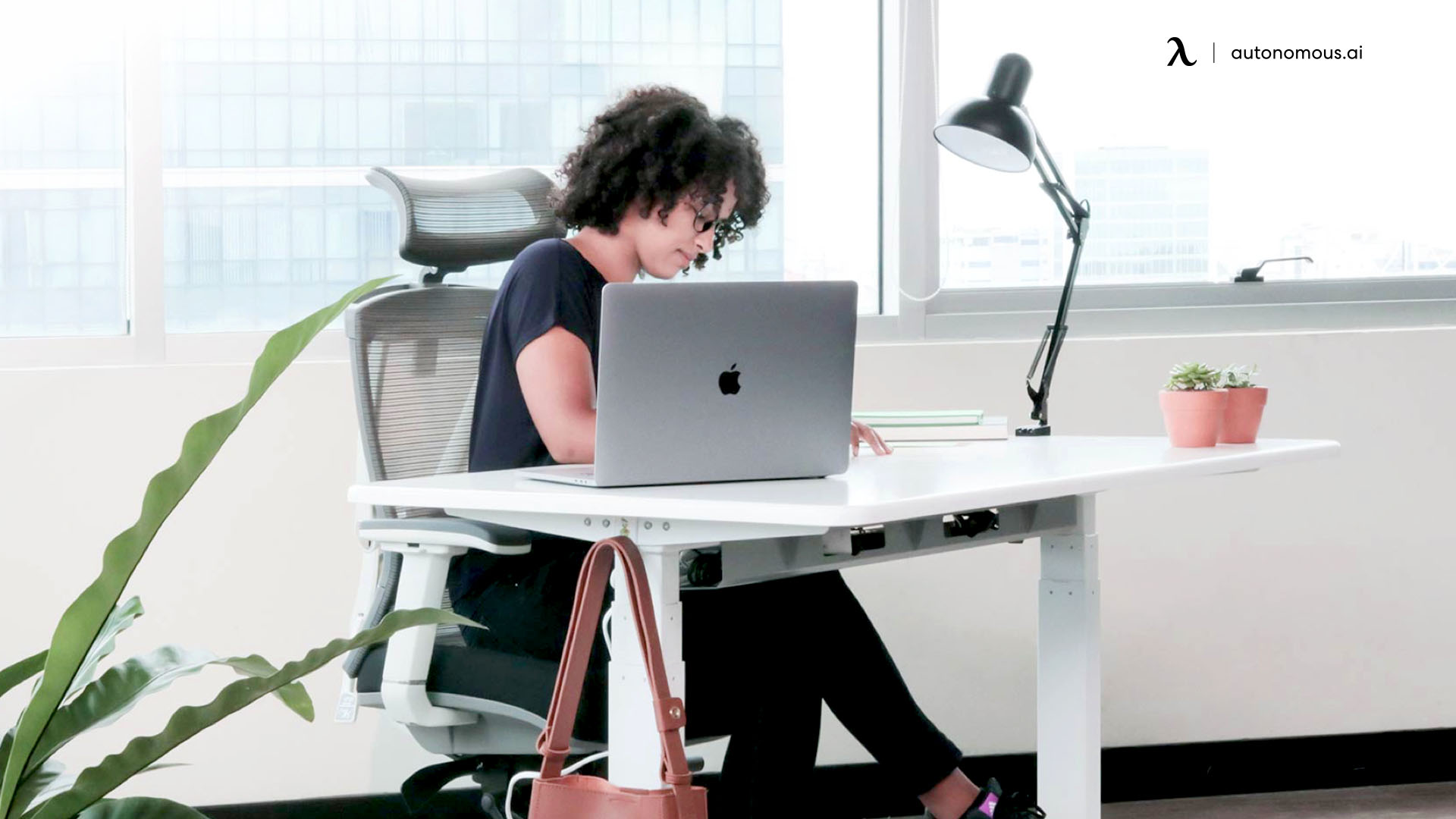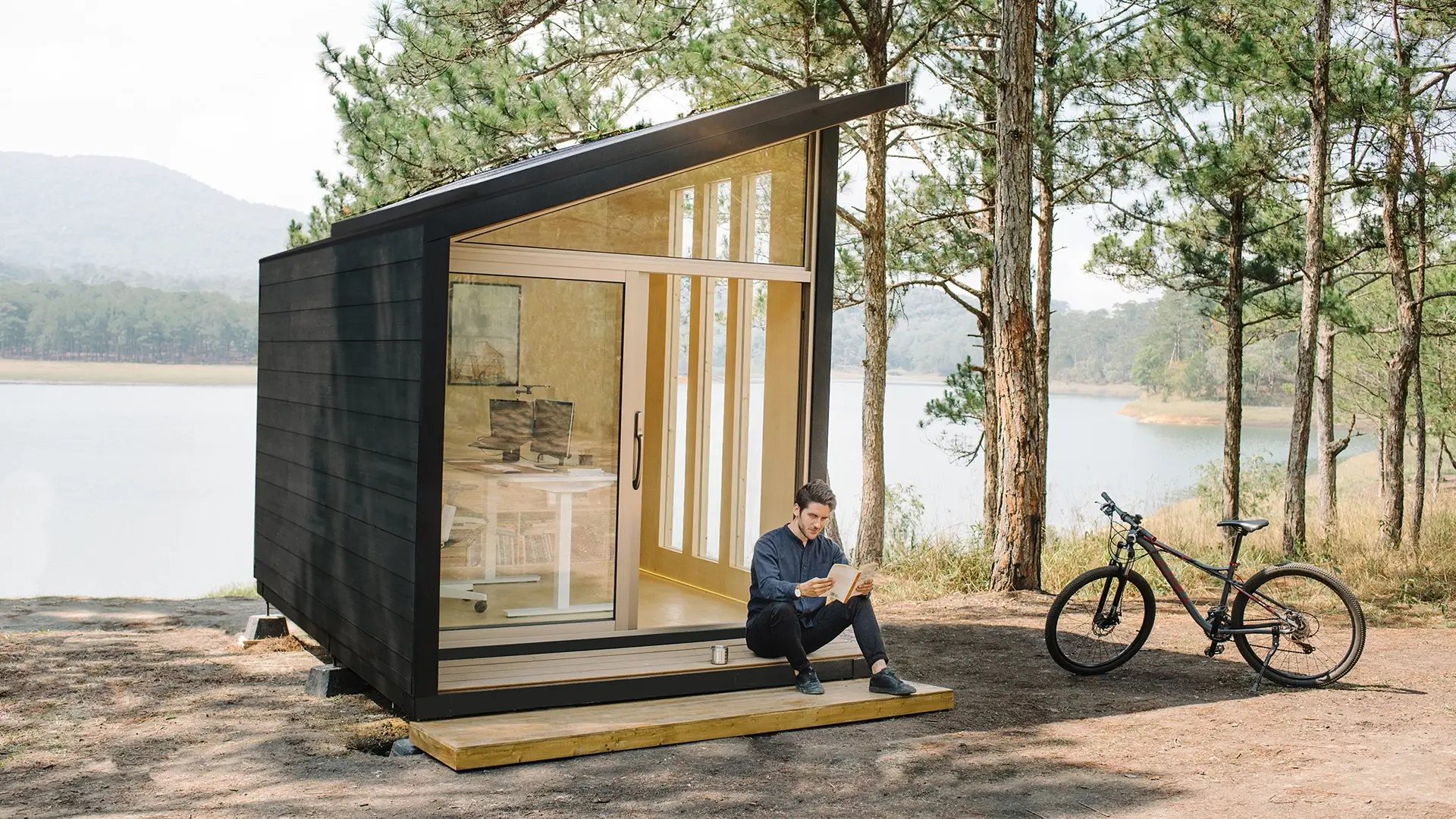- Newest
- Most viewed
Interested in a Link Placement?

Best Christmas Gifts for Women That Feel Personal & Unique
Find meaningful Christmas gifts for women across all budgets. From cozy comforts to luxury experiences—ideas that matter this holiday season.
Latest Updates | Nov 19, 2025 255 views

Autonomous Black Friday Sale 2025 - Terms & Conditions
Latest Updates | Nov 3, 2025 153 views

Gemini App: What Works Best & Hidden Tips
Latest Updates | Nov 17, 2025 624 views

Cyber Monday Exercise Equipment: Best Discounts of 2025
Latest Updates | Nov 17, 2025 828 views

Common App 2025: From Sign-Up to Submission Guide
Latest Updates | Nov 14, 2025 924 views

The Data-Driven Revolution: What the Lab of the Future Looks Like
Latest Updates | Nov 13, 2025 603 views
.webp)
Guys’ Christmas Gift Picks 2025: What They Actually Want
Latest Updates | Nov 12, 2025 327 views

Best Christmas Gifts for Clients 2025 That Truly Impress
Latest Updates | Nov 11, 2025 462 views
.webp)
Christmas Gift Sale 2025: What’s Actually Worth Buying
Latest Updates | Nov 11, 2025 979 views

Best Exercises for Loose Skin After Weight Loss Naturally
Work Wellness | Nov 10, 2025 290 views

Best AI Gadgets 2025 That Adapt to Your Daily Routine
Latest Updates | Nov 6, 2025 1,234 views

Holiday Sale 2025: What to Expect & When to Buy
Latest Updates | Nov 5, 2025 1,173 views
.svg)
